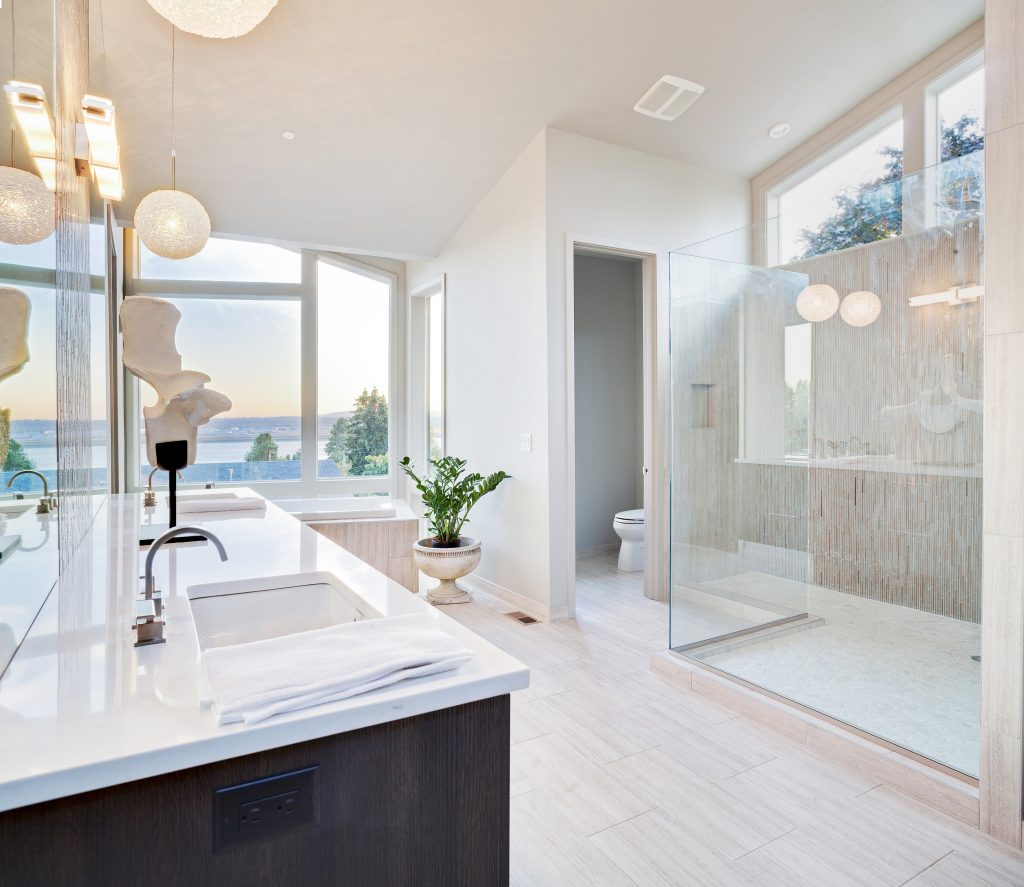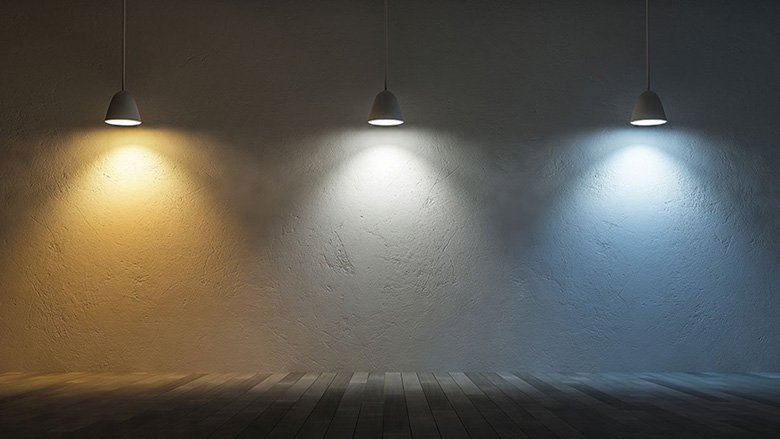The Science Behind Bathroom and Shower Remodeling Services

The Physics of Water Flow
There’s a fascinating world of physics and engineering hidden within the walls of your bathroom and shower remodeling services. From the thermodynamics of water flow to the structural integrity of tiles, every aspect is a delicate dance of science. Join us as we research into the scientific principles that ensure your bathroom renovations are not just visually stunning but also functionally sound, all explained in a way that even a layperson can grasp. Let’s unlock the mysteries behind the perfect bathroom makeover!
Read more: The Science Behind Bathroom and Shower Remodeling ServicesPressure and Velocity in Showerheads
Flowing water in a showerhead is a delicate balance of pressure and velocity. It’s always a very popular question. The pressure of the water determines how forcefully it comes out of the showerhead, while velocity refers to the speed of the water as it exits. Showerheads with adjustable settings allow users to control these factors for a customized shower experience.
Optimizing Water Distribution in Bathroom Fixtures
The distribution of water in bathroom fixtures is crucial for an efficient and enjoyable experience. By strategically placing fixtures like faucets and showerheads, designers can ensure that water reaches desired areas effectively. Additionally, using aerators and flow restrictors can help conserve water while maintaining optimal water distribution.
It’s fascinating to consider the intricate design and engineering involved in optimizing water distribution in bathroom fixtures. Factors such as pipe size, water pressure, and fixture positioning all play a role in ensuring an efficient and satisfying bathroom experience. By understanding these principles, remodeling services can transform a mundane bathroom into a place of comfort and luxury, all through the wonders of physics.

Properties of Common Bathroom Materials
To create a functional and visually appealing bathroom space, understanding the properties of common materials is crucial. Ceramic, known for its durability and versatility, is a popular choice for bathroom tiles and fixtures. Glass adds a touch of elegance and reflects light, enhancing the overall aesthetic. Metals such as stainless steel are resistant to moisture and corrosion, making them ideal for faucets and showerheads.
Durability and Maintenance of Different Materials
Maintenance plays a significant role in the longevity of bathroom materials. While ceramic and glass are relatively low maintenance, metal fixtures may require occasional polishing to retain their shine. Proper cleaning techniques tailored to each material can prevent buildup of grime and mold, extending their lifespan.
Glass, with its non-porous surface, is resistant to staining and easy to clean, making it a popular choice for shower doors and enclosures. Regular wiping with a mild cleaning solution can keep glass surfaces sparkling and free from water spots, maintaining a pristine appearance in the bathroom space.
The Science of Sound Waves in Bathrooms
With the right design elements, bathrooms can transform into tranquil retreats. Sound waves play a crucial role in creating a relaxing atmosphere. Understanding how sound travels in enclosed spaces like bathrooms is key to achieving a peaceful environment.
Strategies for Minimizing Echo and Noise
Science has shown that echo and noise levels can significantly impact the comfort of a bathroom space. Strategic placement of sound-absorbing materials, such as rugs, curtains, or acoustic panels, can help reduce reverberations and minimize unwanted noise pollution.
This ensures that your bathroom remains a calming sanctuary, free from disruptive sounds that can inhibit relaxation. Additionally, incorporating soft textures, such as towels and bath mats, can further dampen sound waves and create a more serene environment.
The Psychology of Lighting in Bathroom

A vital aspect of bathroom and shower remodeling is understanding the psychology of lighting. Proper lighting can affect our mood, energy levels, and even our perception of space. It is vital to consider factors such as brightness, color temperature, and placement to create a functional and aesthetically pleasing bathroom environment.
Measuring and Optimizing Light Intensity and Color Temperature
An integral part of lighting design in bathrooms is measuring and optimizing light intensity and color temperature. These factors play a crucial role in determining the overall ambiance and functionality of the space. By carefully selecting the right combination of intensity levels and color temperatures, you can create a comfortable and visually appealing bathroom atmosphere.Perception
| Light Intensity | Color Temperature |
| Refers to the level of brightness in a space. It is measured in lumens and can impact the overall visibility and mood of the bathroom. | Color temperature is measured in Kelvin and determines the warmth or coolness of the light. Warmer tones create a cozy atmosphere, while cooler tones are more energizing. |
When optimizing light intensity and color temperature in a bathroom, it is vital to strike a balance between functionality and aesthetics. By experimenting with different combinations, you can create a personalized lighting scheme that enhances the overall ambiance of the space.Temperature
| Optimizing Light Intensity | Color Temperature |
| Adjusting the brightness levels of lighting fixtures to ensure adequate visibility in the bathroom without causing discomfort or glare. | Selecting the appropriate color temperature to complement the design theme and create the desired atmosphere in the bathroom. |
Ergonomics and Biomechanics : Anthropometric Considerations in Bathroom Design
For Bathroom design, considering the users’ anthropometric measurements is crucial. Tailoring the height of fixtures like sinks, toilets, and countertops to the average human body dimensions helps in creating a comfortable and accessible space for everyone.
Anthropometric principles play a significant role in reducing strain and discomfort during showering and grooming activities. Ensuring that shower controls, shelving, and seating are positioned within easy reach can alleviate unnecessary physical strain on the body.
Factors such as the placement of grab bars, seating options, and adjustable showerheads can enhance the ergonomics of a shower space, making it safer and more comfortable for users of all ages and abilities. By incorporating these biomechanical considerations into bathroom and shower design, remodeling services can create spaces that promote overall well-being and ease of use.
Low-Flow Fixtures and Greywater Systems
Many bathroom and shower remodeling services now focus on water conservation and sustainability. Water is a precious resource, and installing low-flow fixtures can significantly reduce water usage without compromising on performance. Additionally, greywater systems can recycle water from sinks and showers, further promoting eco-friendly practices.
The Environmental Impact of Bathroom Remodeling Choices
Low-flow fixtures are an excellent choice for those looking to reduce their environmental impact during a bathroom remodel. By using less water, you not only save on your water bill but also help conserve this necessary resource. Choosing sustainable materials and energy-efficient appliances can further minimize the ecological footprint of your project.

